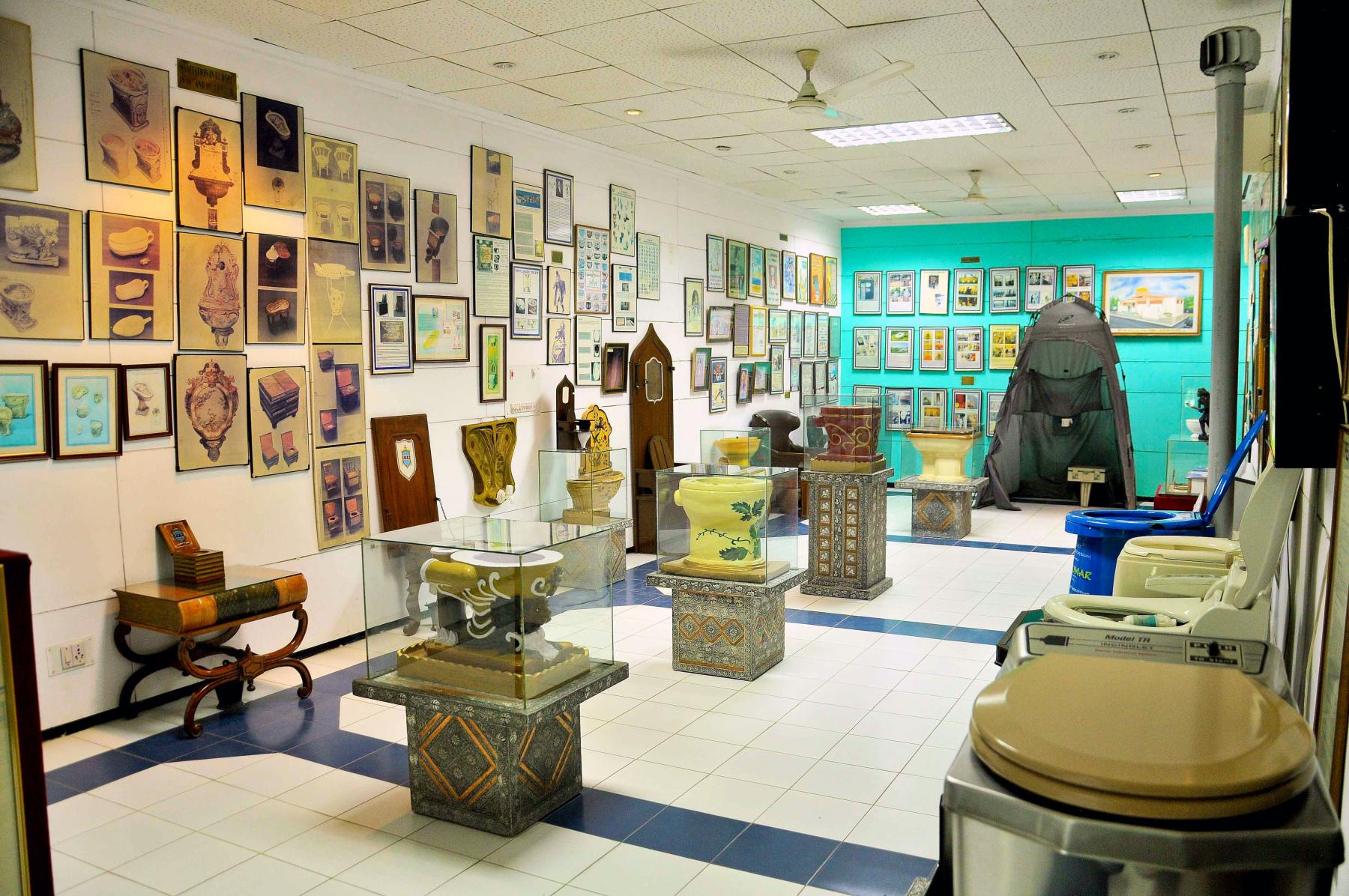Much art was shared on social media to make us feel less lonely during the pandemic: pictures of the sky – magnificent colours complementing each other from opposite sides of the world – were a practice of solace. Other than its aesthetic qualities, light has scientifically been proven to have a positive effect on human psychology. What if we told you that the inexplicable range of emotions that light evokes has been translated into artworks by a group of artists?
These artists, called Light and Space artists, have manifested the qualities of light to create visual experiences that have been described as nothing short of religious. In many ways, Light and Space Art is designed to hold our gaze and slow us down. A duration of time is required for the viewer to be able to look at the artwork and perceive it the way the artists want them to. This “slow art” continues to fascinate us!
The Beginnings of the Movement
Light and Space originated in Southern California in the 1960s and was influenced by John McLaughlin. It is an art movement related to op art, minimalism and geometric abstraction. It is concerned with how geometric shapes and the use of light could affect the environment and perception of the viewer. The minimalist sculptures defined by this art movement play with geometry and light to highlight the experience of the viewer more than the objects involved in the sculpture do.
The term “Light and Space” developed from an exhibition at the UCLA University Art Gallery conducted in 1971. Titled Transparency, Reflection, Light, Space: Four Artists, it included Peter Alexander, Larry Bell, Robert Irwin and Craig Kauffman. The description in the catalogue said, “the works displayed served as a liaison between the artists and the spaces they chose to animate.” A connection between Light and Space and Kinetic Art was established in the exhibition. The artists emphasised the experience of the art over the objects used.
Robert Irwin’s Immersive Installations
Starting as a painter, Robert Irwin abandoned his studio by 1970, taking up an extended inquiry of artmaking beyond the frame and the traditional art object. He famously said, “Without the limitations of thinking about being a painter, you can operate anywhere in the world.” He worked in existing sites to compose with ephemeral materials that transformed the viewers’ visual and phenomenological experience. The works blurred the lines between space and artwork, exploring the nature of light, volume, and perceptual psychology.
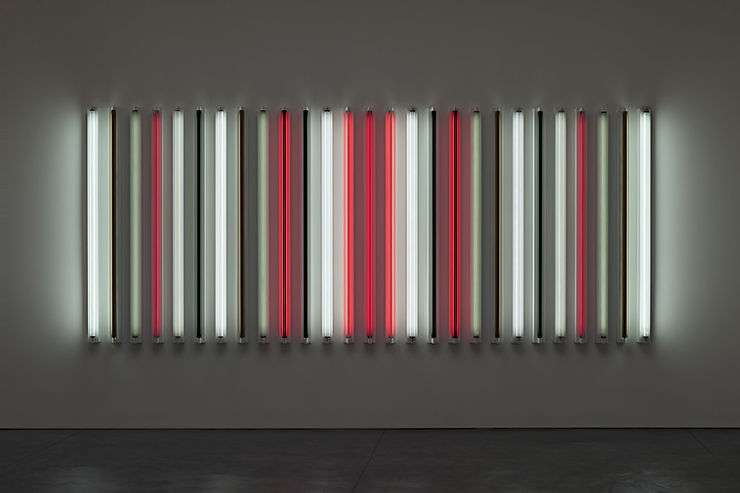
Earlier in his career, Irwin didn’t allow the photographic reproduction of any of his pieces, arguing that photography captured only the image of the artwork, not its presence. He is best known for the Getty Gardens in Los Angeles, a site-specific installation that explores the connection between light, water and flora. Irwin told the Los Angeles Times a decade after it opened: “A garden is an adventure, and nature is probably the closest thing you’re going to get to that kind of—moving in a world, you know—push-pull, in-out, up-down, right and wrong. After a certain time, once the garden got going, it changed all the rules. It did things that were so much better than I had thought.”
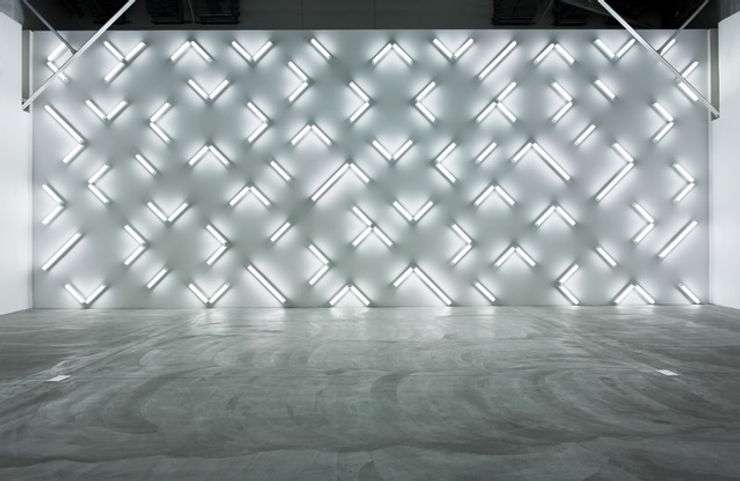
Mary Corse’s Unique Take on the Movement
Corse first gained recognition in the mid-1960s as one of the few female artists associated with the Light and Space movement. Her lightboxes and monochromatic paintings are a unique approach to the movement; they show an interest in gesture and painting not otherwise reflected in the group that was more inclined towards installations. Her innovative painting technique used materials which both captured and refracted light. Her work engaged with perception and embodied light rather than merely representing it.

She experimented with the concept of individual experiences in new and innovative ways. The artist was interested in the philosophy of metaphysics and once eloquently said, “Where there is space, there is time.” Like many of the Light and Space artists, Corse rejected Abstract Expressionist practices of falsely establishing intention in their artworks. She appreciated the controlled formal geometry of Minimalism. As the viewer moves or its surrounding light conditions alter, Corse’s works seem to shift subtly, creating a dynamic experience while the artwork stays in place, inviting a unique spatial experience.
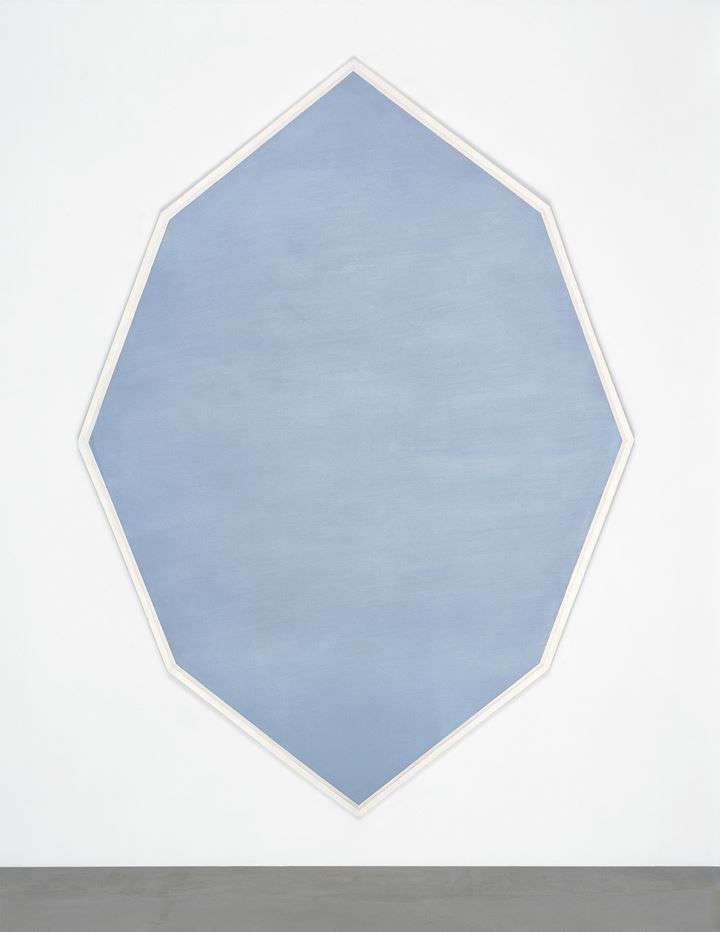
James Turrell Brings the Sky to the Gallery
James Turrell is one of the most famous Light and Space artists. He has innovated photographic techniques that allow light to have a physical presence. Turrell creates coloured light installations that appear to possess mass and take up space as planes, cubes, pyramids, and tunnels. He does this using holography which allows him to make the light itself the subject rather than the medium.
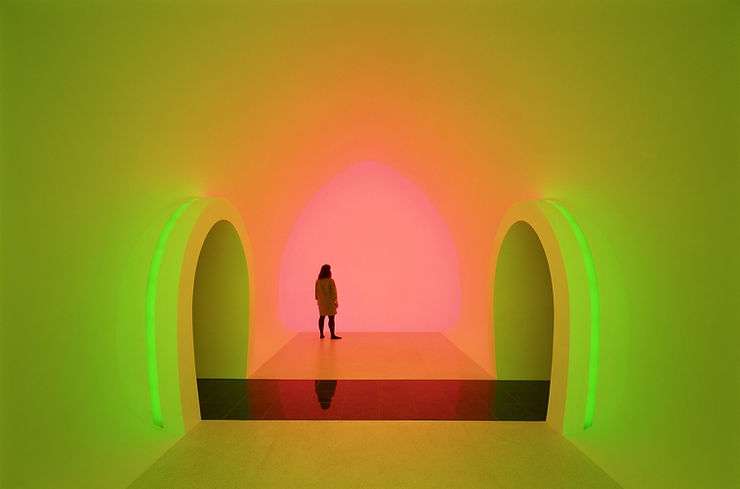
Interestingly, his shows have been documented to be a complicated affair: every piece is built on-site, requiring elaborate modifications to the museum itself. Windows are blocked off or painted black to obscure the outside light; rooms are isolated using zigzagging hallways; and each of the rooms has to be built according to Turrell’s meticulous designs, with hidden pockets to conceal light bulbs. The drywall of each corner, curve and planar surface is precise to 1/64th of an inch.
Having taken courses like geology, astronomy, and organic and physical chemistry, Turrell combines his technical knowledge of light to create fascinating experiences for his audience. Turrell’s series ‘Skyspace,’ began in the 70s. It consists of enclosed spaces open to the sky through an opening in the roof that enables viewers to observe changes in light from minute to minute and season to season. Some of these installations are at a neo-Egyptian temple and a Buddhist temple too.
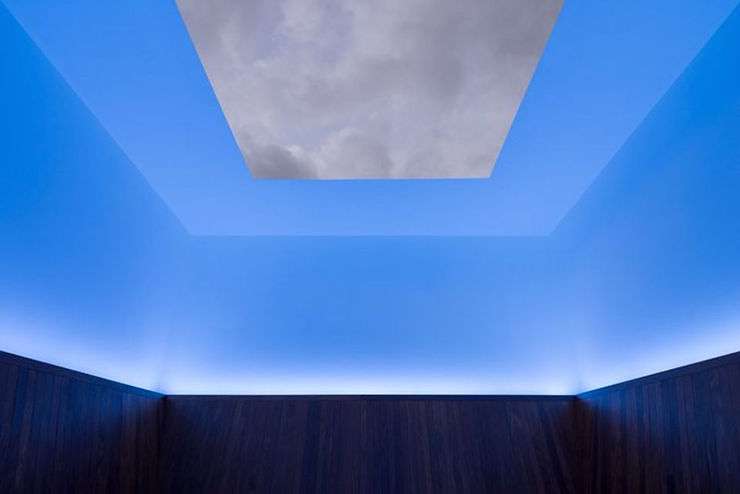
Lita Asks Philosophical Questions through Art
Light and Space artist Lita Albuquerque investigates our place in the universe through her installations and environmental works. Her work NAJMA (She Placed One Thousand Suns Over the Transparent Overlays of Space) could be the first time in over 1,000 years that a figurative female sculpture has been displayed in Saudi Arabia.

Albuquerque has made numerous site-specific installations in the last 20 years including works in the South Dakota Badlands, Death Valley and the Mojave Desert. Her paintings are a materialization of the ideas about colour, light and perception first created in her ephemeral works. Through her use of pure pigments, gold leaf and copper, she aims to shift perceptions and transform the nature of storytelling in art.
Art critic Melinda Wortz described the movement in its early days as, “The illusions found in these Southern California works of solid forms dissolving through reflected or projected light … all result from an interaction between the ambient light and objects themselves. In other words, these works incorporate the light and space of the place they are in rather than painting the illusion of coloured light on a canvas.” Artists associated with this movement create self-reflexive work, experiment with the illusion and perception of virtual space and question implicit assumptions about the gallery setting. At the time, they were responding to the preceding movement of Abstract Expressionism by creating something that was neither painting nor sculpture. Their ‘objectless’ art transformed the way (literal) light was used in artworks.



